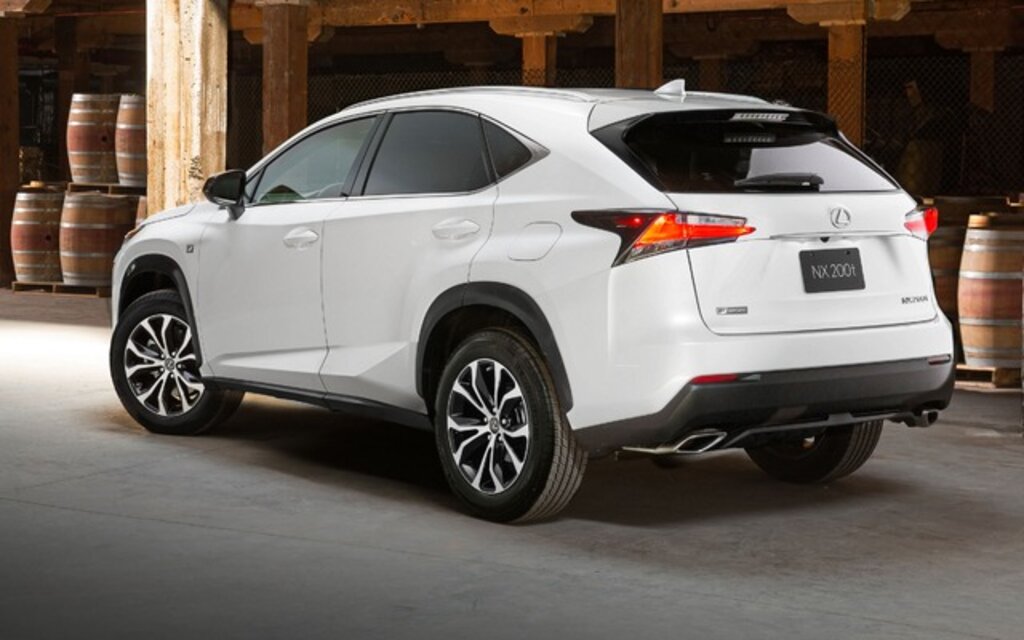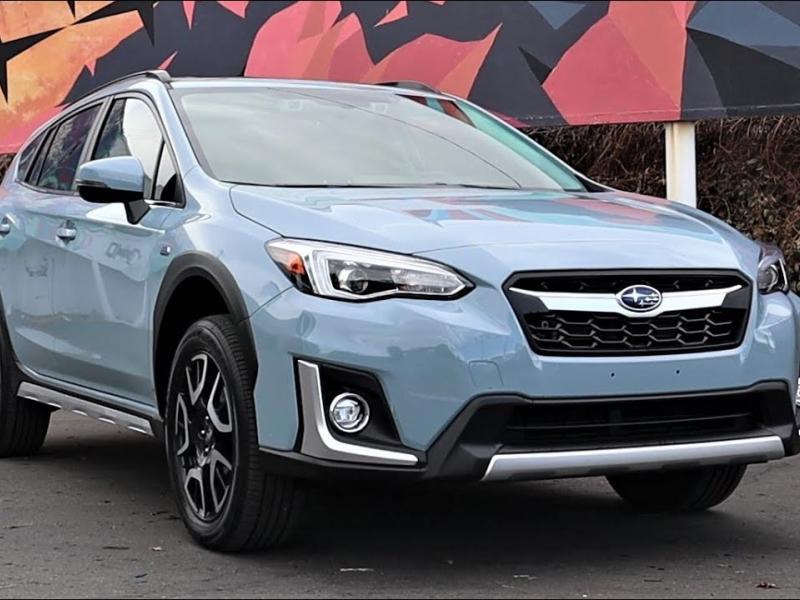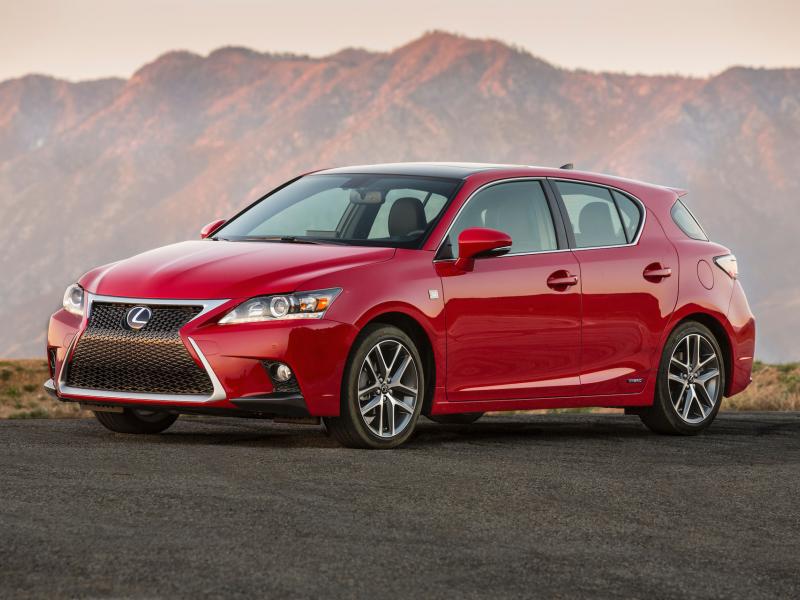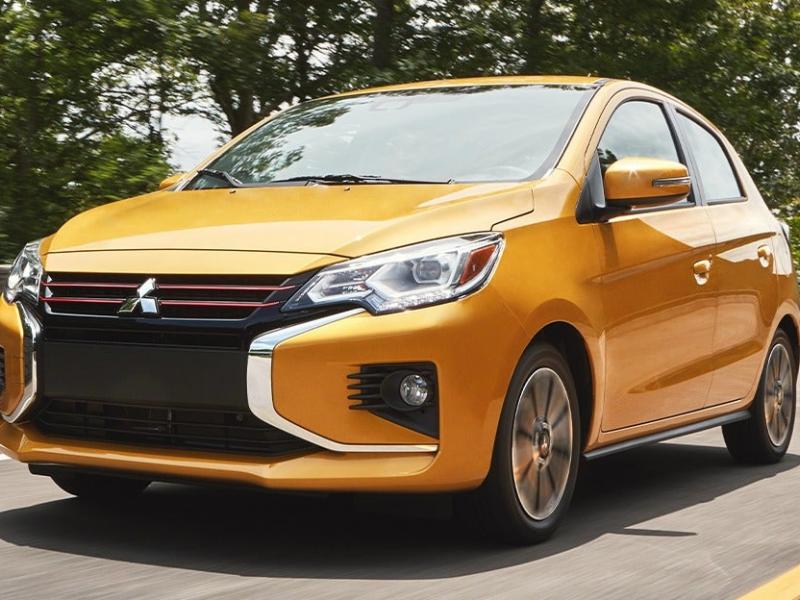2013 Hyundai Veloster Turbo
The standard Veloster too slow for you? Oh no problem! Here’s a turbocharged one.
The normal Velos as you know has 138 hp. This one has the same 1.6 liter engine but with a meaty turbo which takes the power up to 201 hp. That’s good for a pint-sized car such as this Hyundai. he Veloster Turbo is estimated to deliver 27 mpg city and best-in-class 38 mpg highway for manual transmission models.
The 2013 Veloster Turbo arrives in the Summer of 2012, facing off against worthy competitors such as the Volkswagen GTI, Honda Civic Si and Mini Cooper/Clubman S with a better power-to-weight ratio than all of them, and a unique sport-tuned steering and suspension hardware set. No word on the pricing yet.

Hyundai press release:
Twin-scroll turbocharger designs have two exhaust gas inlets divided by split walls inside the turbine housing, with both gas passages controlled by a waste-gate. A twin-scroll turbo recovers even more energy from the exhaust than a single-scroll turbocharger, thanks to a divided manifold. The twin-scroll design separates the cylinders whose exhaust gas pulses interfere with each other, resulting in improved pressure distribution in the exhaust ports and a more efficient delivery of exhaust gas energy to the turbocharger’s turbine.
For example, at the start of the intake stroke of cylinder one and when both the intake and exhaust valves of cylinder one are open (valve overlap period), cylinder three already starts its exhaust stroke with the exhaust valve open. If the exhaust passages of cylinder one and three were connected, the exhaust gas pulse from cylinder three would increase the back pressure of cylinder one. This would reduce the induction of the fresh air and increase the amount of hot residual gases inside the cylinder. However, with the twin-scroll turbocharger setup, this interference is minimized.
The result of this superior scavenging effect from a twin-scroll design leads to better pressure distribution in the exhaust ports and a more efficient delivery of exhaust gas energy to the turbocharger’s turbine. This in turn allows greater valve overlap, resulting in an improved quality and quantity of the air charge entering each cylinder. In fact, with more valve overlap, the scavenging effect of the exhaust flow can literally draw more air in on the intake side. At the same time, drawing out the last of the low-pressure exhaust gases help pack each cylinder with a denser and purer air charge. Maximum boost from the turbocharger is 18 psi.
The twin-scroll turbocharger design has several other advantages over traditional, single-scroll turbocharging systems, including:
- Improved combustion efficiency
- Low engine-speed efficiency
- Kinetic exhaust gas energy is not wasted or trapped
- Cooler cylinder temperatures
- Lower exhaust temperatures
- Leaner air/fuel ratio
- Better pressure distribution in the exhaust ports and more efficient delivery of exhaust gas energy to the turbocharger’s turbine
Veloster’s twin-scroll turbo has superior handling of exhaust gas separation at the turbine leading to improved low-end torque and faster transient torque response.
Two key features of Hyundai’s twin-scroll turbocharger setup are:
- The stainless steel exhaust manifold and the twin-scroll turbine housing are cast in a patent pending one-piece design
- The waste-gate for the turbocharger uses a motor-driven electrical controller instead of being mechanically controlled
Thanks to the integrated stainless-steel turbine housing with the exhaust manifold, not only is the weight and cost of the casting dramatically reduced, the durability of the turbine housing is also improved. In addition, heat energy recovery and thus turbo efficiency is significantly improved based on the fact that a traditional two-piece design effectively insulates some of the heat energy at the joint/gasket area.
By adapting the motor-driven electrical waste-gate, the boost pressure is precisely controlled. The back pressure is reduced when turbo boost is not necessary by opening the waste-gate, which improves fuel efficiency. During cold starts, the waste-gate remains open, which results in faster catalyst light-off for reduced exhaust emissions.
A GDI fuel delivery system contributes to improved fuel efficiency and lower emissions. This shorter, more direct path of fuel delivery allows for greater control of the fuel mixture at the optimum moment, thus improving efficiency. The fuel is injected by a camshaft-driven, high pressure pump that operates at pressures up to 2175 psi. Direct injection also utilizes a higher-than-normal 9.5 compression ratio, while achieving a best-in-class 125.6 horsepower-per-liter. The piston heads are “dished” to increase combustion efficiency in the cylinder.
CUSTOM TWO-WHEEL TUNER INSPIRATION
Hyundai Veloster Turbo’s unique design takes inspiration from a custom high-performance sport bike. One of the most popular sport bike upgrades is to modify the exhaust. Hyundai designers have removed the Veloster’s trapezoidal center exhaust and replaced it with two larger free flowing circular pipes. These new pipes and the new intake manifold also allowed engineers to give the engine a more robust sound, which will delight enthusiasts.
From a bigger, bolder hexagonal front grille, through the sculpted side skirts and new dynamic rear bumper with prominent diffuser vents in the lower fascia, Hyundai Veloster Turbo’s design adds aggression and aerodynamic stability compared to the base model. Drivers following Veloster will also notice the Veloster Turbo will be available in a Hyundai first Matte Gray paint. A set of 18-inch gray wheels with chrome inserts completes the Hyundai Veloster Turbo’s recognized style. Veloster Turbo’s face also has signature eight individual headlight LED accents.
SPORT-TUNED
Working in harmony with the aggressive appearance is the finely tuned suspension setup of the Veloster. Only key components in the steering were upgraded for the Hyundai Veloster Turbo. Veloster Turbo features a quicker ratio steering rack and a revised steering calibration to match, which both give drivers precise cornering, feedback and control. All Veloster Turbo’s ride on Kumho Solus KH25 215/40R18 85V tires designed to extract the best performance out of the car without compromising the ride.
All Velosters are fitted with a McPherson strut front suspension, coil springs, gas shock absorbers and a 24 mm diameter front stabilizer. The rear suspension is a light-weight V-torsion beam, a Hyundai-first with an integrated 23 mm stabilizer bar to allow bracing of the arms for greater stiffness and to further control body roll. The rear suspension also uses monotube shock absorbers for ride comfort.
All Velosters feature electric power steering that adjusts assistance instantly to changing driving conditions while improving fuel economy over a conventional steering system. Veloster’s turning diameter of 34.1 feet is better than Mini’s 35.1 feet and Mini Clubman’s 36.1 feet.
NEW INTERIOR FEATURES
Inside, full leather seats with the word “Turbo” stitched into the seatbacks help deliver a unique look and provide exceptional support and comfort. An exclusive Supervision Cluster offers the driver information in a larger, clearer and more interactive format. This is due to the Supervision Cluster’s two TFT screens located between the tachometer and the speedometer. Heated front seats are also standard on the Turbo version. The center stack and controls also resemble a sport bike fuel tank and incorporate a push-button starter and alloy pedals.
SIX-SPEED MANUAL OR AUTOMATIC
To handle the power enhancements and keep with Hyundai’s commitment to making fuel efficient vehicles, Hyundai Veloster Turbo is paired with a standard six-speed manual transmission or a six-speed automatic transmission. Both transmissions were developed in house at Hyundai. The manual features a wider gear ratio spread (5.71 vs. 5.25) to handle the additional torque output. The high-revving turbo helps during acceleration, especially at highway speeds.
The Veloster Turbo is mated to a six-speed automatic transmission with steering wheel-mounted paddle-shifter and and Shiftronic® controls rather than the base Vesloster’s EcoShift DCT. This is due to the increased torque output from the 1.6-liter Turbocharged-GDI engine. The gear ratio spread on the automatic transmission is slightly narrower than the DCT (6.0 vs. 6.38). A narrower spread maintains the engine in the power band when going from one gear to the other. The base Veloster’s EcoShift DCT is tuned for fuel efficiency and not for the performance feel needed for the Veloster Turbo.
WORLD-CLASS WEIGHT EFFICIENCY
World-class weight efficiency is a program target for all Hyundai models. This strategy delivers outstanding fuel economy and performance simultaneously. At just 2,800 pounds, Veloster is 77 pounds lighter than the Honda Civic Si Coupe and 234 pounds lighter than the Volkswagen GTI. This priority on weight efficiency allows the Hyundai Veloster Turbo to deliver a great combination of agility, performance, and fuel efficiency.
OVERALL DIMENSIONS
The Veloster Turbo has the same a 104.3-inch wheelbase, but the Turbo is 1.2 inches longer (167.3 inches) and .6 inches wider (71.1 inches).
ADVANCED STANDARD SAFETY TECHNOLOGIES: PART OF HYUNDAI’S ASSURANCE COMMITMENT
All Velosters have an exceptional level of standard safety features for the sporty car segment highlighted by a Vehicle Stability Management (VSM) system, which optimally manages ESC (Electronic Stability Control) and the Motor-Driven electric Power Steering (MDPS).
VSM works to control two effects. The first is when a driver accelerates or brakes on a split-mu surface (slippery on one side, dry pavement on the other) and the vehicle wants to pull in one direction. VSM detects this condition and sends a signal to the MDPS to apply steering assist. VSM counters the pull and automatically provides up to eight Newton meters of counter steering. VSM reacts the same way during sudden lane changes or fast cornering.
All Velosters feature six airbags—including dual front, front seat-mounted side-impact, and front and rear side curtain airbags.
Velosters also features a state-of-the-art braking package. The package includes four-wheel disc brakes and an Anti-Lock Braking System (ABS) including Brake Assist, which provides maximum braking force when a panic stop is detected, and Electronic Brake-force Distribution (EBD), to automatically adjust the braking force to front and rear axles based on vehicle loading conditions.
CONNECTIVITY/TECHNOLOGY
In the digital age, everyone wants to be connected to their electronics at all times, so Velosters come standard with a multifunction seven-inch touch-screen display. At engine start-up, the screen comes to life with a Veloster image and a unique sound. There are three interface layouts the user can choose from.
Pandora internet radio is integrated into all Velosters. The display screen has a Pandora icon to stream internet radio from an iPhone or Android. Pandora can also be viewed on the display screen and songs can be given the familiar Pandora thumbs up or thumbs down.
Gracenote improves how Veloster drivers access and manage their music, using enhanced voice recognition commands in concert with your iPod®. Gracenote MediaVOCS® technology improves the accuracy of the system’s voice recognition capabilities for music search, letting drivers pinpoint artists, album and genre. For instance, Gracenote MediaVOCS® helps the system understand artist names like Beyoncé and AC/DC. Drivers can also use “The Boss” as a voice command to access tracks from Bruce Springsteen. In addition, the song’s album cover art displays on Veloster’s touchscreen.
With video games being an important element of entertainment, Hyundai integrated an RCA cable and an available 115-volt power outlet in Veloster to support gaming consoles for ultimate gaming sessions when parked or watch videos on the seven-inch multimedia touchscreen.
Hyundai Veloster Turbo features a standard 450-watt Dimension Premium Audio system with eight speakers including an eight-inch subwoofer, external amplifier and iPod®/USB/auxiliary input jacks. An XM Satellite Radio interface is also integrated into the head unit and features channel logos and XM Data services, such as XM NavWeather®, XM Stock Ticker and XM Sports Ticker.
A Bluetooth hands-free phone system with voice recognition, address book download and audio streaming is standard. Onboard navigation is optional. The system also integrates a rear-view camera and backup warning sensors.
HYUNDAI BLUE LINK
“Blue Link combines safety, service and infotainment into a complete package that works to both help simplify Hyundai owners’ lives and reduce distracted driving,” said Barry Ratzlaff, director of customer satisfaction and service business development, Hyundai Motor America. “We’ve carefully studied how drivers rely on smart phones and navigation systems as an innovative link to the outside world. Blue Link brings that seamless connectivity directly into the car with technology like voice to text messaging, POI web search download, turn-by-turn navigation, and monthly vehicle reporting. Our agent-assisted advanced voice recognition system offers a 21st century solution to performing POI searches in the vehicle. This unique and innovative approach enables Hyundai to deliver fast, accurate searches and downloads of POIs to vehicles without traditional operator-only type systems of our competitors.”
As part of the Blue Link launch, Hyundai also will provide Blue Link Assurance on Blue Link-equipped vehicles, which include core safety services for an introductory period. These key safety services include: Automatic Crash Notification (ACN) and Assistance, SOS Emergency Assistance, and Enhanced Roadside Assistance. After the introductory period, owners of Blue Link-equipped vehicles can choose to extend these and other services as desired.
Blue Link Assurance further expands Hyundai’s industry leadership formerly established by Hyundai Assurance, the industry’s most comprehensive suite of new-vehicle protection. Hyundai Assurance already offers a 5-year/60,000-mile fully transferable bumper-to-bumper warranty, Hyundai’s 10-year/100,000-mile powertrain warranty, and 5-years complimentary Roadside Assistance.
COLOR PALETTE
Hyundai Veloster Turbo’s aggressive personality means it can be dressed in an exclusive Matte Gray, a Hyundai first. All 2013 Velosters will be available in colors that fit the cars “own-it” attitude and characteristics of a long-distance runner, including Elite White. Interior color choices are Graphite Black or exclusive to the Turbo Graphite Black with Blue accents and headliner graphics for non-panoramic sunroof models.
Related posts:




